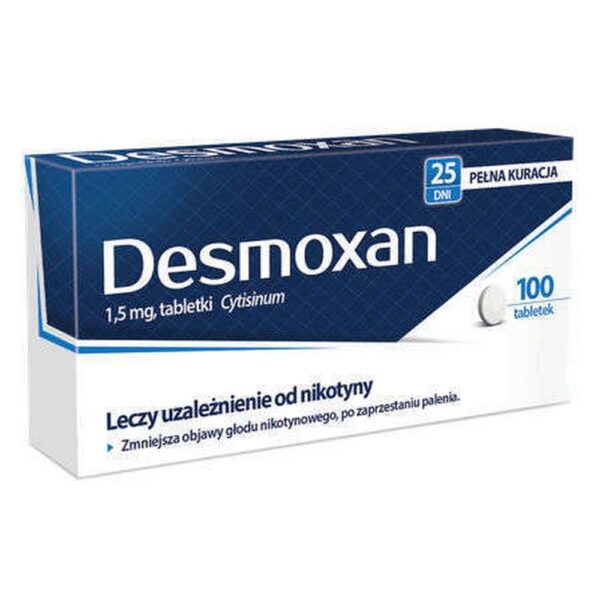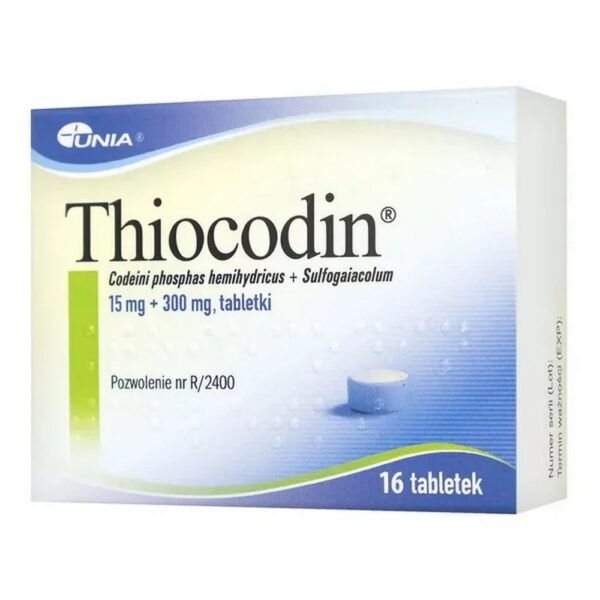“ACTIVE ingredients: Cetirizine dicloridrato; pseudoephedrine hydrochloride. Excipients: excipients in the first layer: hypromellose, microcrystalline cellulose, colloidal anhydrous silicon dioxide, magnesium stearate. Excipients of the second st rh: lactose, microcrystalline cellulose, sodium crosscaramelloso, anhydrous colloidal dioxide, magnesium stearate. Shell excipients: opadry Y-1-7000 white (methocel E5 premium (hypromellose) (E 464), titanium dioxide (E 171), macrogol 400).
INDICATIONS: symptomatic treatment in the short term of allergic rhinitis season nali and/or perennial plants with congestion and hypersecretion of the nose, itching of the nose, wings and/or eyes, starnutazione and lacrimation.
CONTRAINDICATIONS/EFF.SECONDARY: Hypersensitivity to the active substance, to any of the ingredients in the list, including hydroxyzine or piperazine derivatives; severe insu renal failure (patients with creatinine clearance less than 10 ml/min); severe arterial hypertension; severe coronary artery disorders; in patients ch, and they are in treatment or that they have been treated for two weeks p recedenti with monoaminoossidasi inhibitors; increased intraocular pressure; urinary retention; children under 12 years of age; gra vidanza and during lactation.
DOSAGE: Adults and children over 12 years of age: one tablet 2 times a day, morning and evening, taken without chewing during or between meals. The duration of treatment should not exceed the period of acute symptoms and in any case should not exceed 7 days. After 7 days of therapy, treatment with cetirizine alone is continued. Patients with renal impairment: The dose should be halved in patients with renal impairment. Patients with impaired liver function: the dose should be doubled in patients with hepatic impairment. Pediatric Population: Medicine and ale are contraindicated in children less than 12 years of age.
STORAGE: No special precautions for storage.
Special INSTRUCTIONS: the drug is intended only for short-term treatment. It should be used with caution in diabetics and in persons with hyperthyroidism, in pertensione, tachycardia, arrhythmia, prostatic hypertrophy, liver or kidney failure, and in elderly patients. Caution should also be exercised in subjects taking sympathomimetics (anti-nti, anorexigenic, psychostimulants such as amphetamines), antidepressants, including tricyclics and digitalis. Cases of abuse have been observed with pseu doefedrina as with other central stimulants. At therapeutic doses of cetirizine, no clinical or significant interactions with alcohol have been demonstrated (blood alcohol level 0.5 g/l). However, caution is recommended if you take alco pr at the same time. Use with caution in patients with factors predicting urinary retention (eg, spinal cord injury, prostatic hyperplasia), since cetirizine may increase the risk of urinary retention. Caution is recommended in epilett ici patients and in patients at risk of developing seizures. Skin tests for k rg are blocked from antihistamines and therefore need a period or wash-out (3 days) before starting. The drug contains ttp.
INTERACTIONS: Due to the pharmacokinetic, pharmacodynamic profile and tolerance of cetirizine, interactions with this antistam injection are not expected. In fact, no interactions, neither drug nor drug, nor pharmacokinetic interactions were reported significantly in drug-drug studies conducted, in particular, with pseudoephedrine or theophylline (400 mg/day). The activity of amines simpaticomimetiche like pseudoephedrine contained in these drugs, and has increased from the modern use of monoaminoossidasi inhibitors and beta blockers. Due to the long-term action of inibit in monoaminoossidasi, the activity of amines simpaticomimetiche can be noticed even 15 days after discontinuation of the drug. Amines simpaticomimetiche reduce the effects of antiiperten will be required to methyldopa, guanethidine and reserpine. Administration of pse udoephedrina to scanned patients increases ectopic myocardial activity. Antacids increase the absorption of pseudoefedr inna while it is decreased by concomitant use of caolin or. The extent of absorption of cetirizine is not reduced by food, although the percentage of absorption is reduced.
SIDE EFFECTS: Clinical studies have shown that cetirizine at a dose of 10 mg has minor side effects on the central nervous system, including fatigue, dizziness and headache. In some cases, paradoxical stimulation of the central nervous system has been reported. Although cetirizine is a selective antagonist of peripheral H1 receptors and, in relation to you, deprives of anticholinergic activity, cases of sur, accommodation disorder have been reported”
Reactine 6 Tablets 5mg + 120mg Prolonged Release,Reactine 6 Compresse 5mg + 120mg Rilascio Prolungato,JOHNSON & JOHNSON SPA
€30.70
Means for systemic use.
Description
Additional information
Shipping & Delivery
Related products
DESMOXAN 1.5mg x 100 tablets
Thiocodine, 15 mg/300 mg, tablets, 10
Thiocodin is an antitussive drug that suppresses the cough reflex. Thiocodin tablets contain two active substances: codeine phosphate hemihydrate and sulfowaacol. Codeine phosphate hemihydrate has an antitussive effect, inhibits the cough reflex, reducing the frequency of coughing attacks. Sulfogwaacol acts as an expectorant, facilitates the movement of the liquefied secretion in the respiratory tract and its expectoration. Thiocodin tablets are for oral use only.
Indications
Treatment of dry, persistent cough without expectoration.
Nurofen Plus 12 tablets, Nurofen Plyus, tabletki, pokrytyye obolochkoy, 12, RECKITT BENCKISER POLAND SA
SOLPADEINE, CAPSULES, 12, Solpadeine, kapsułki, 12, OMEGA PHARMA
€13.78












